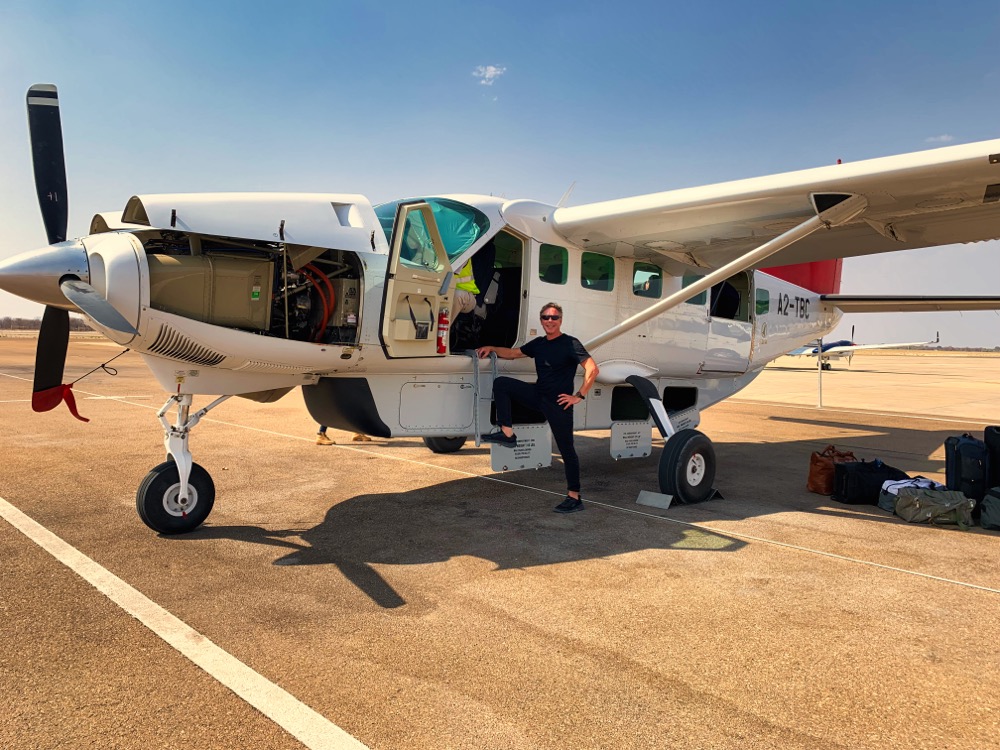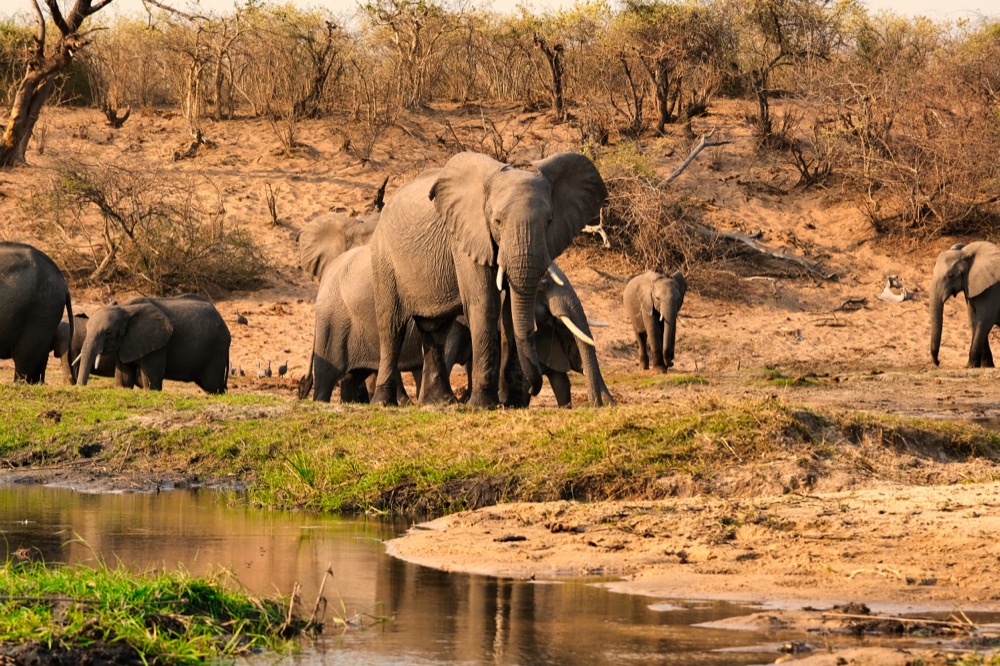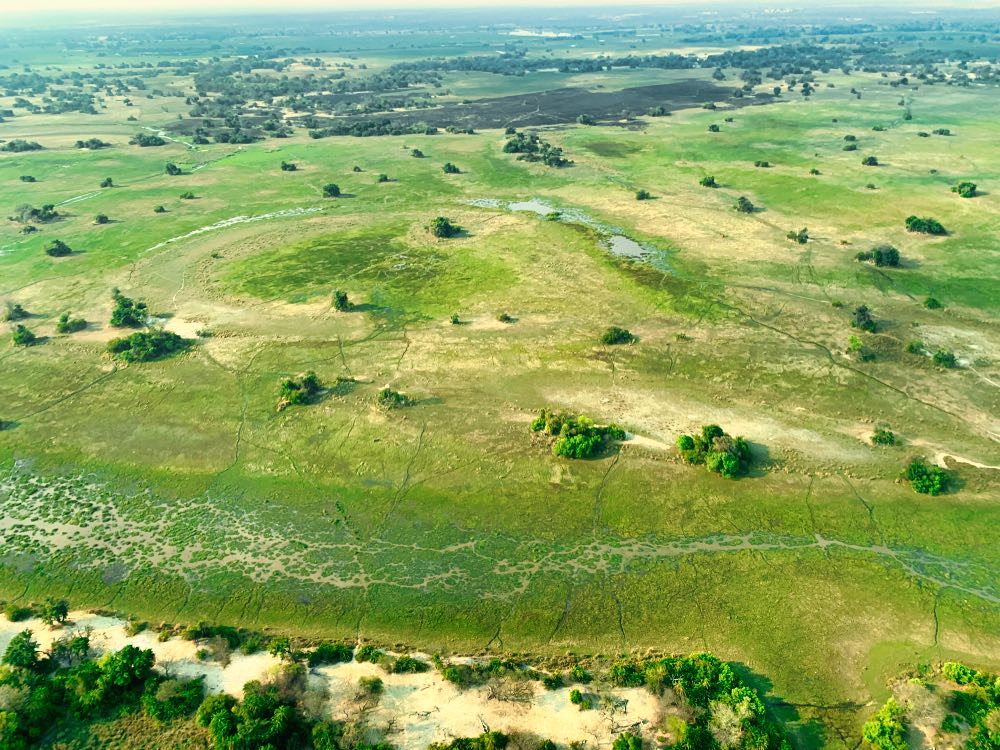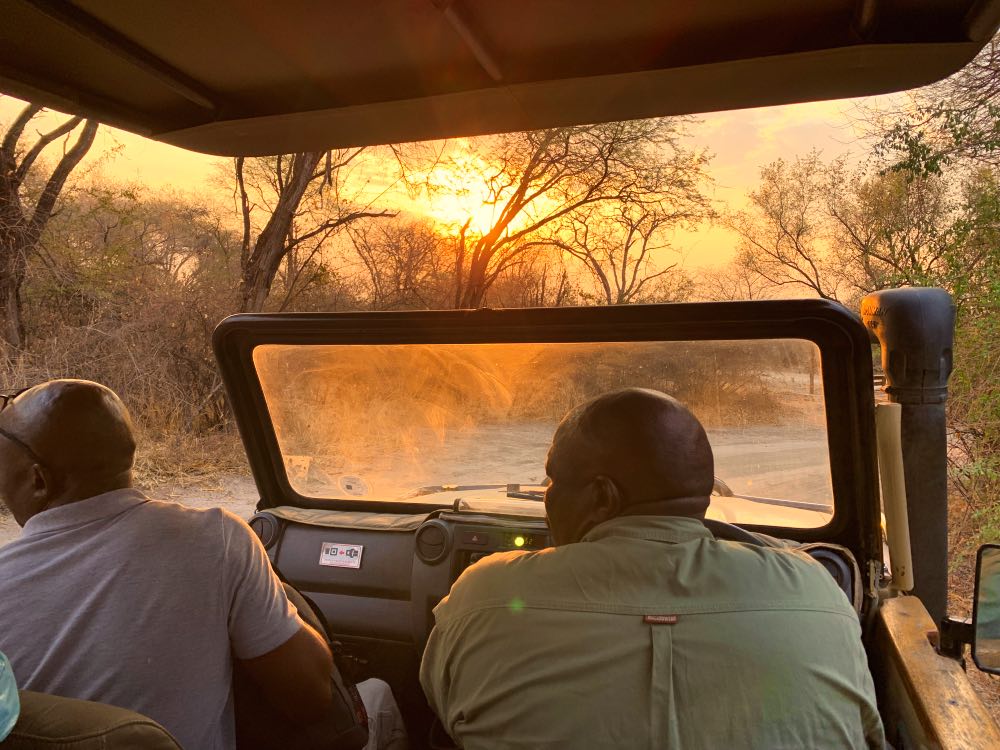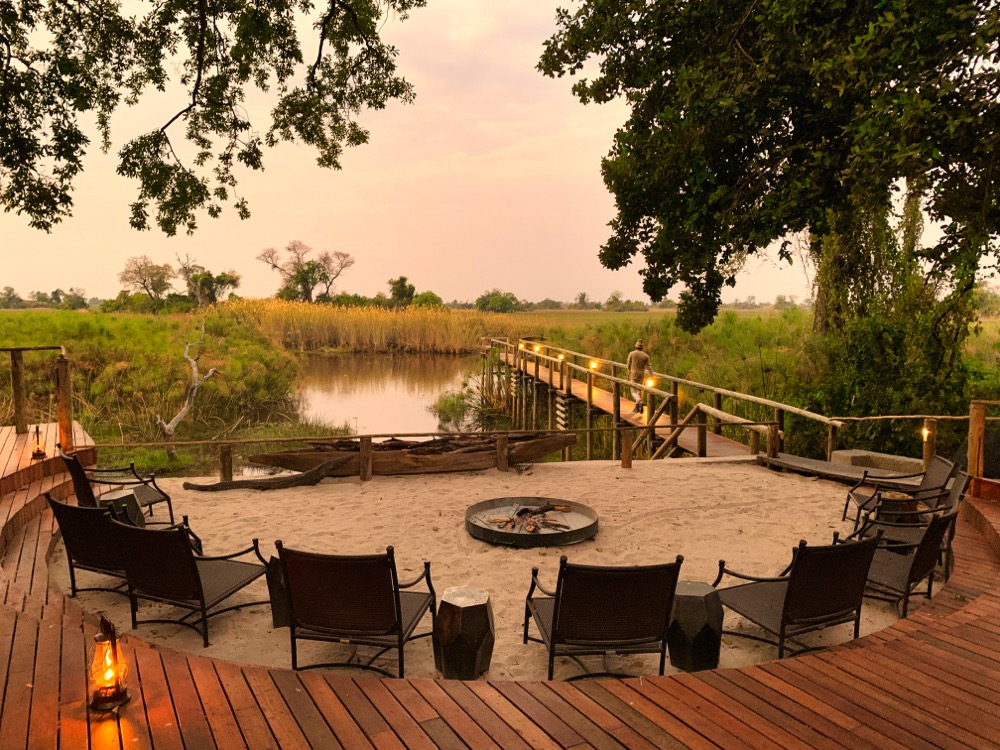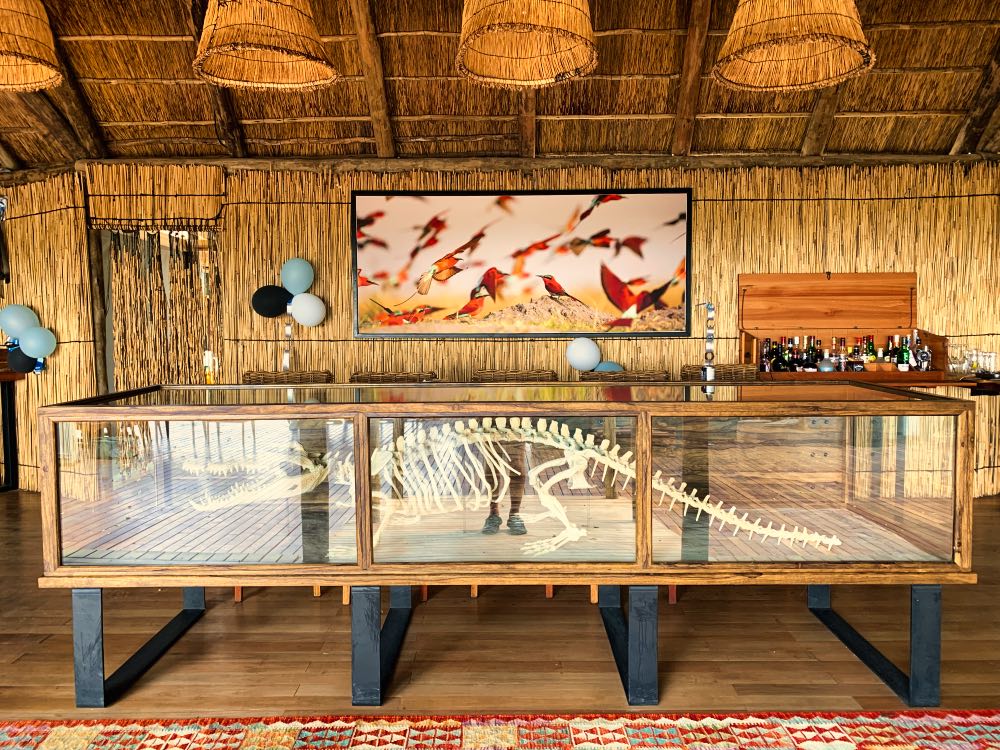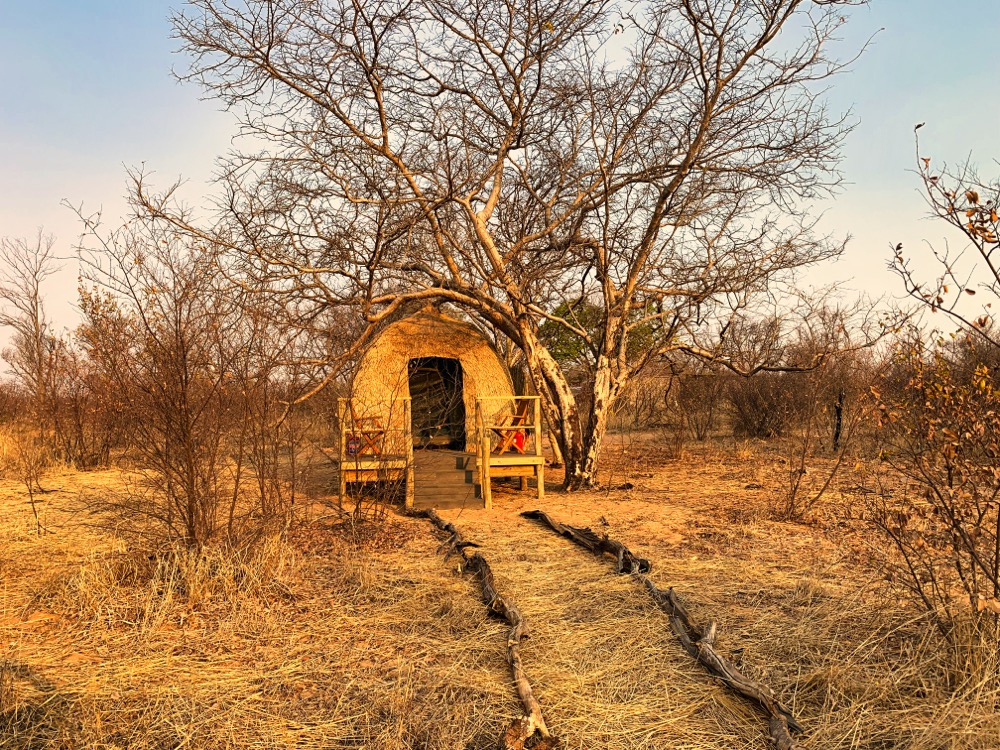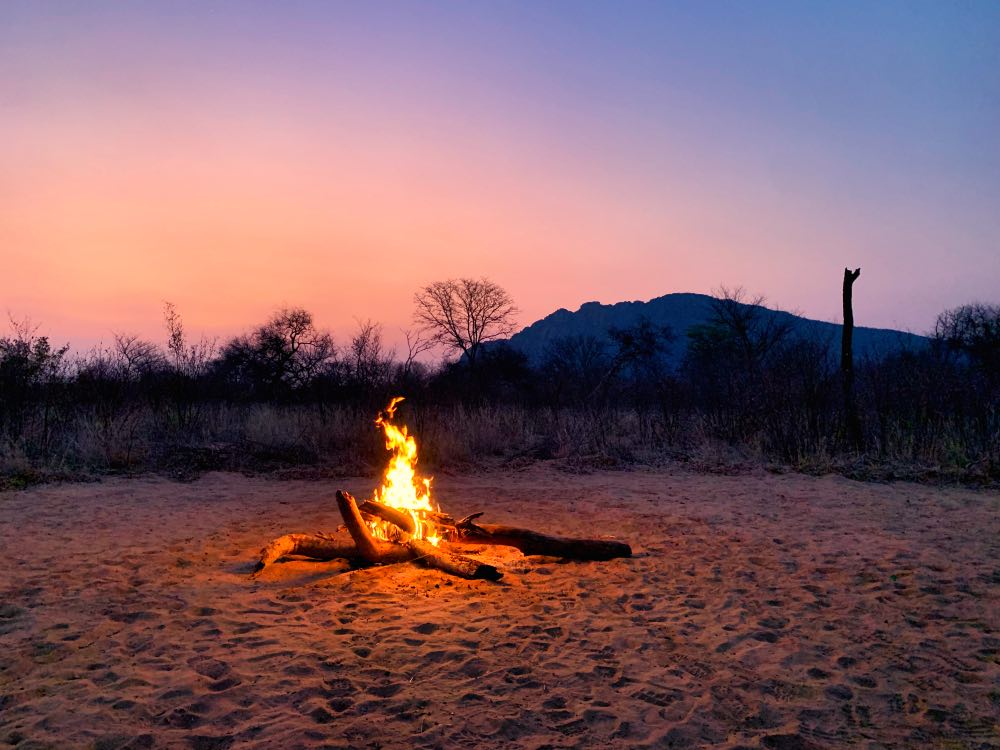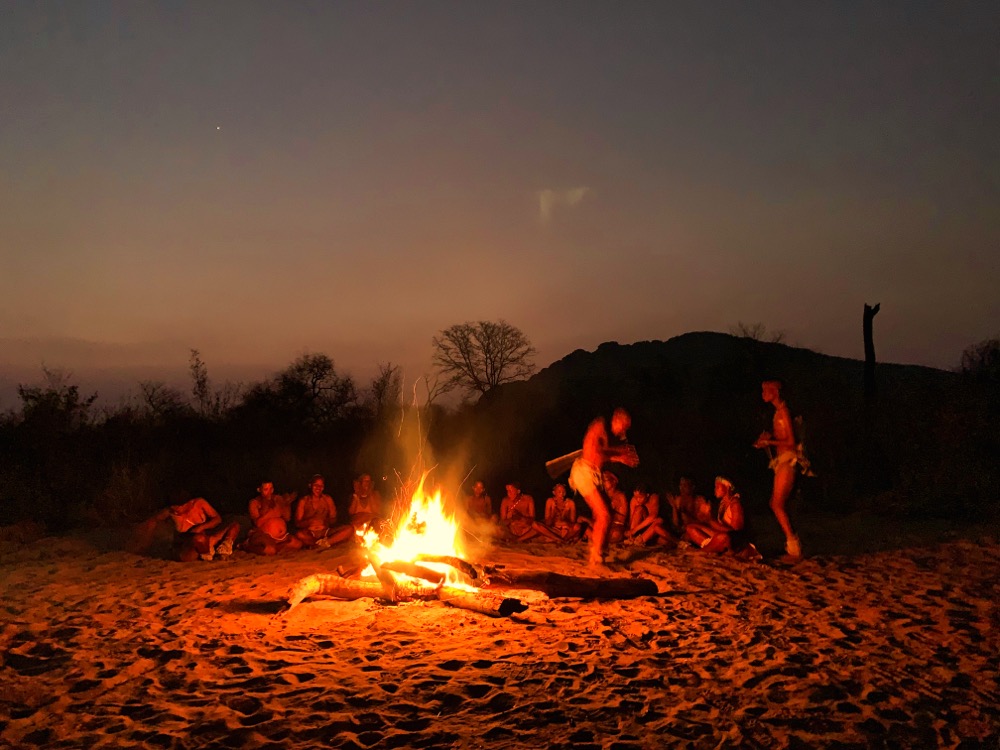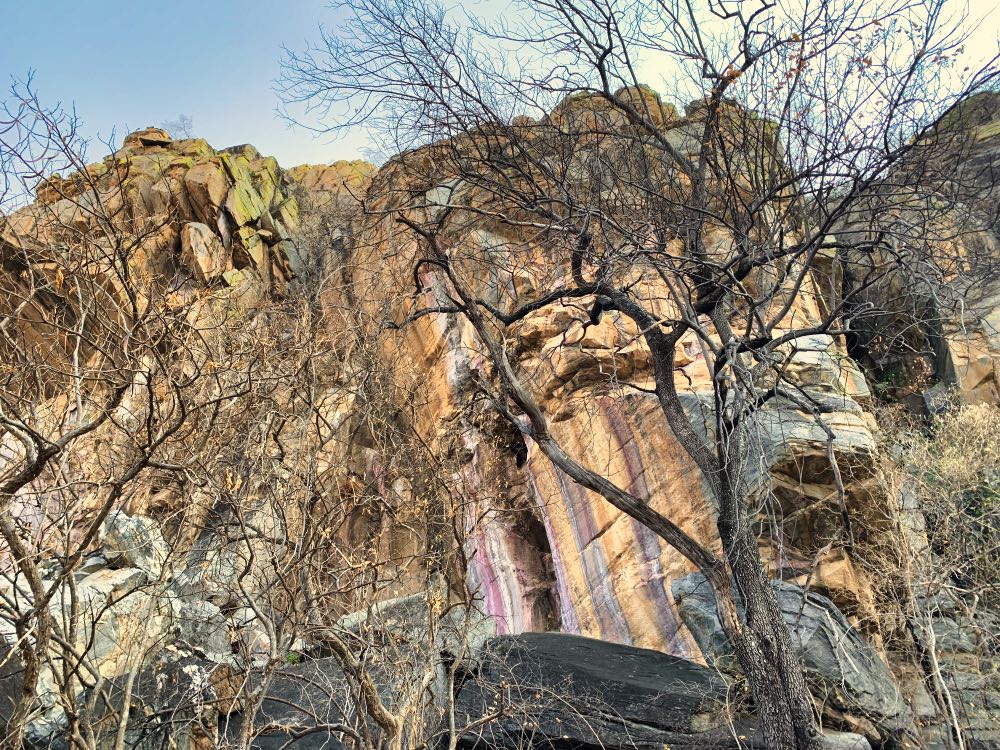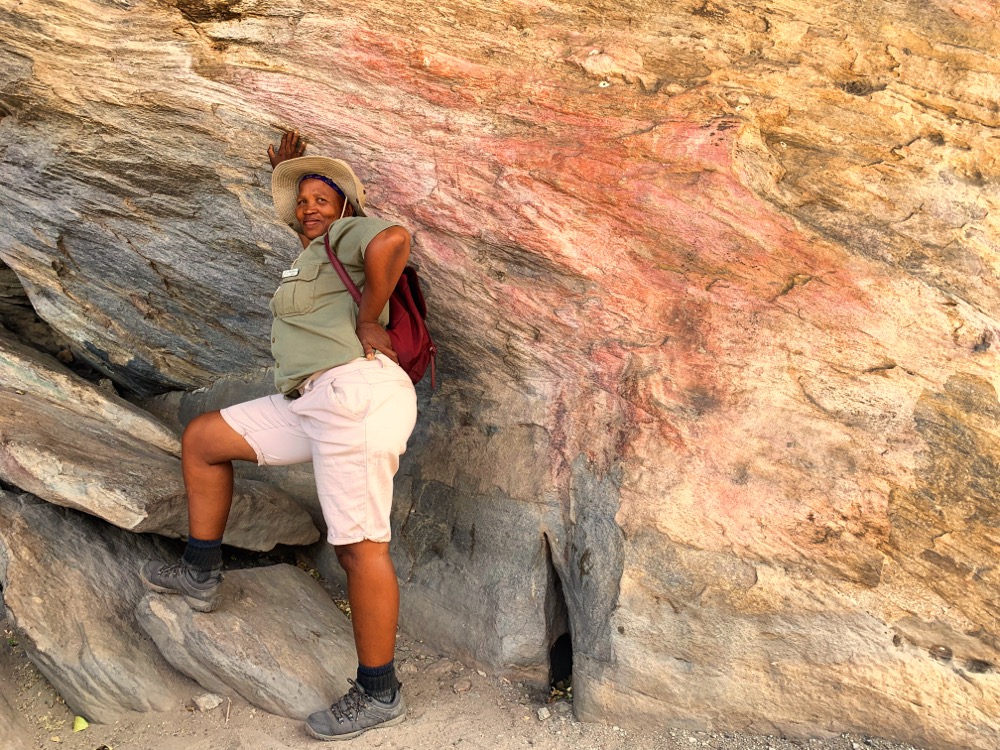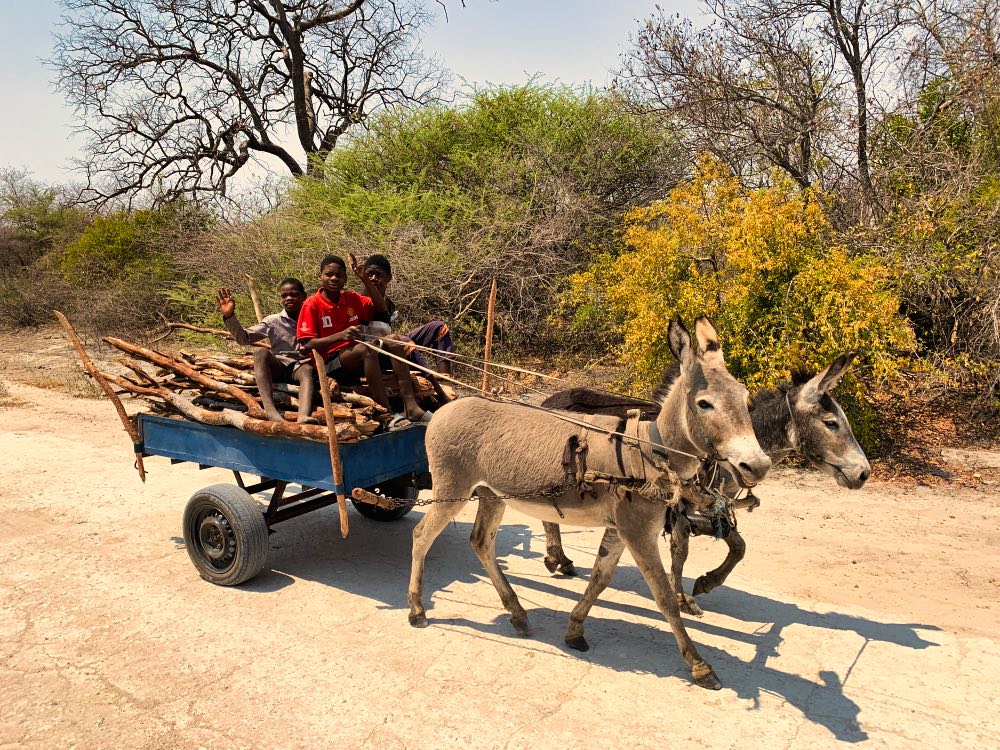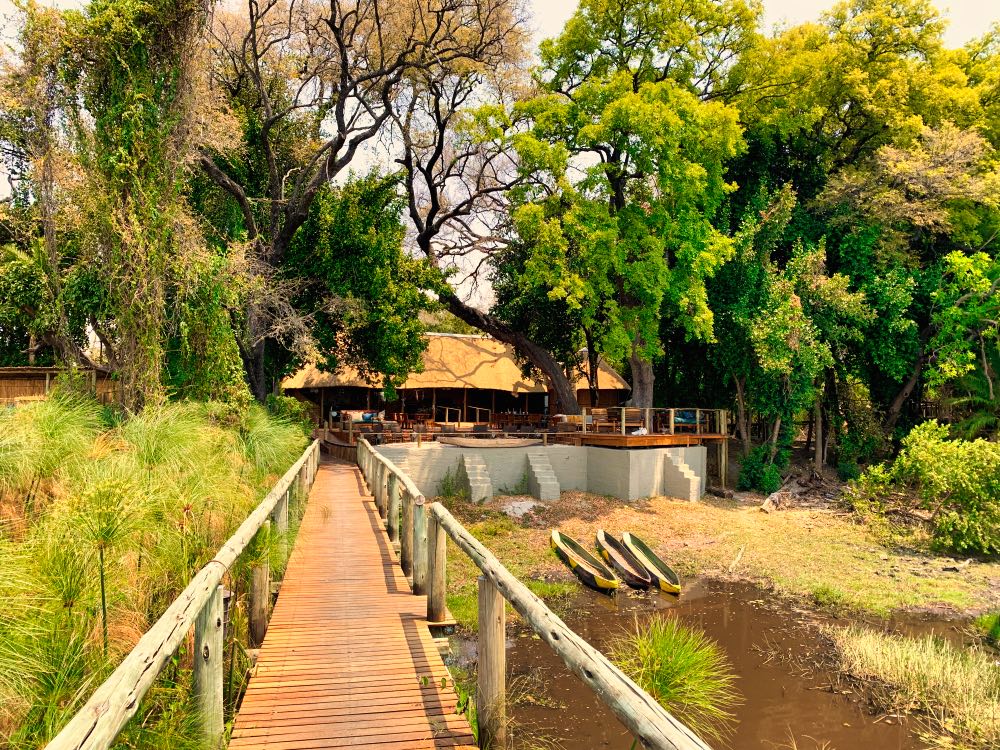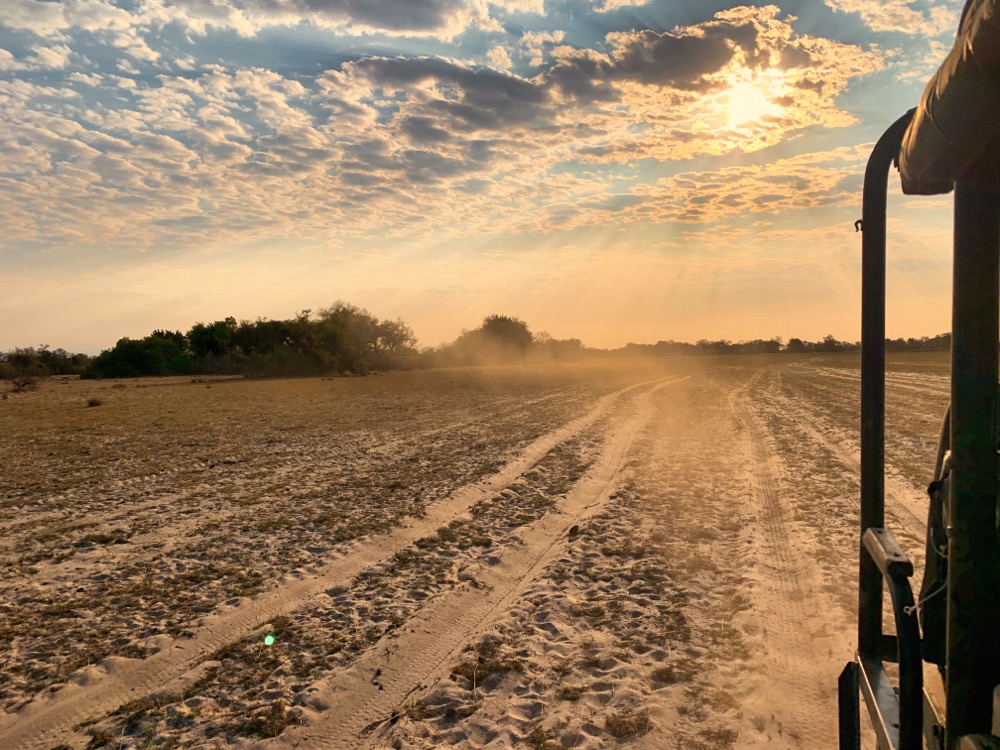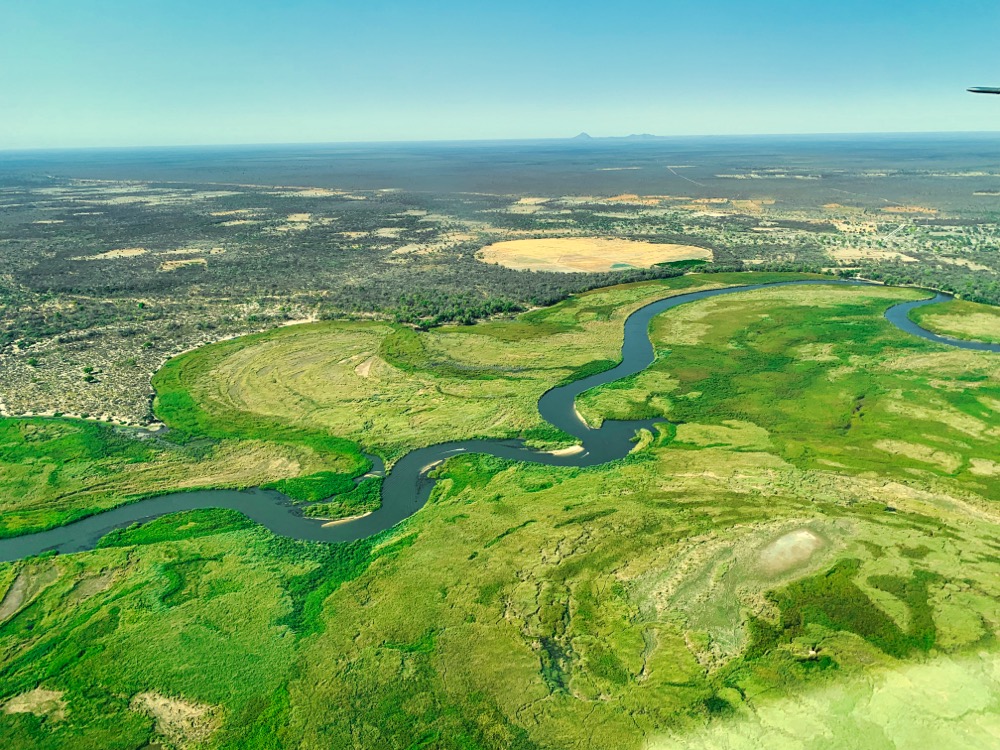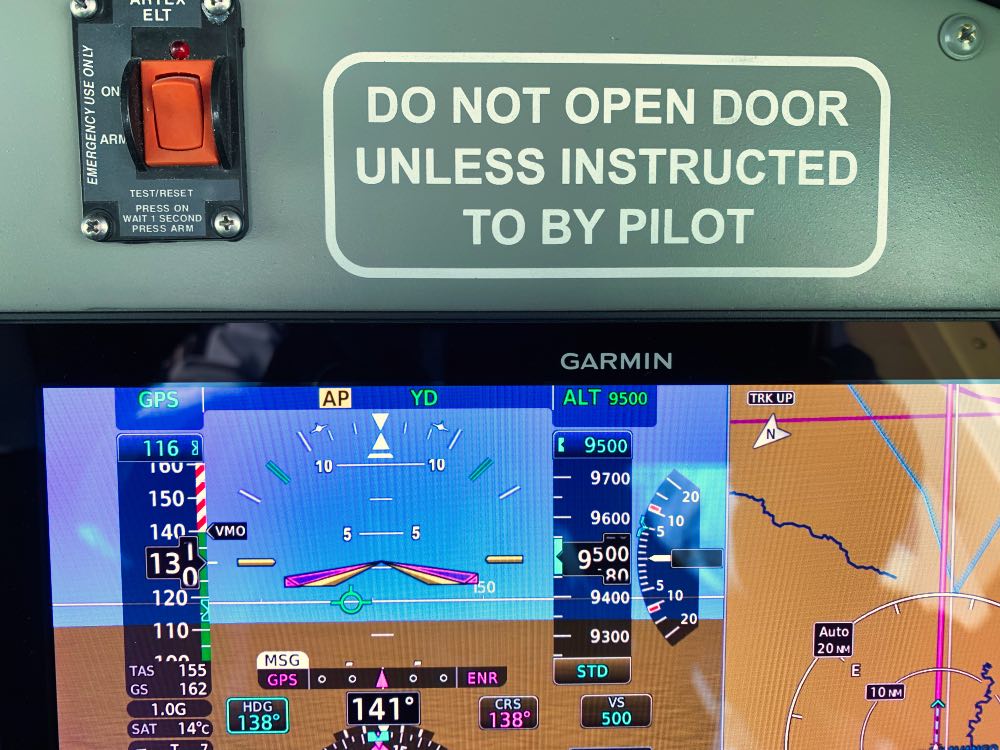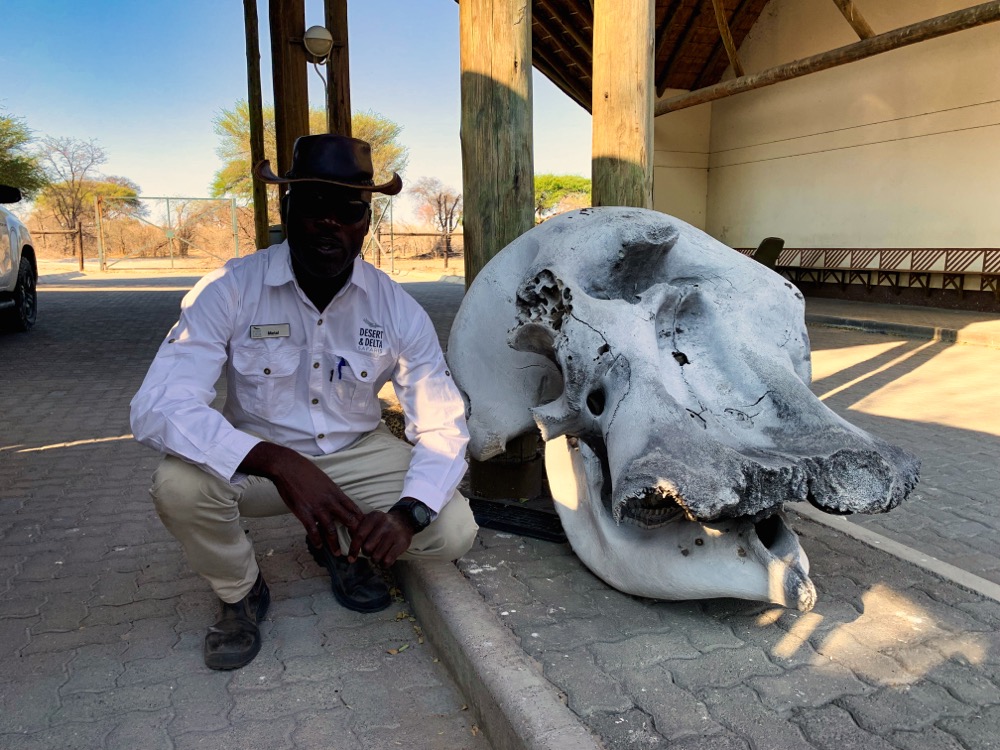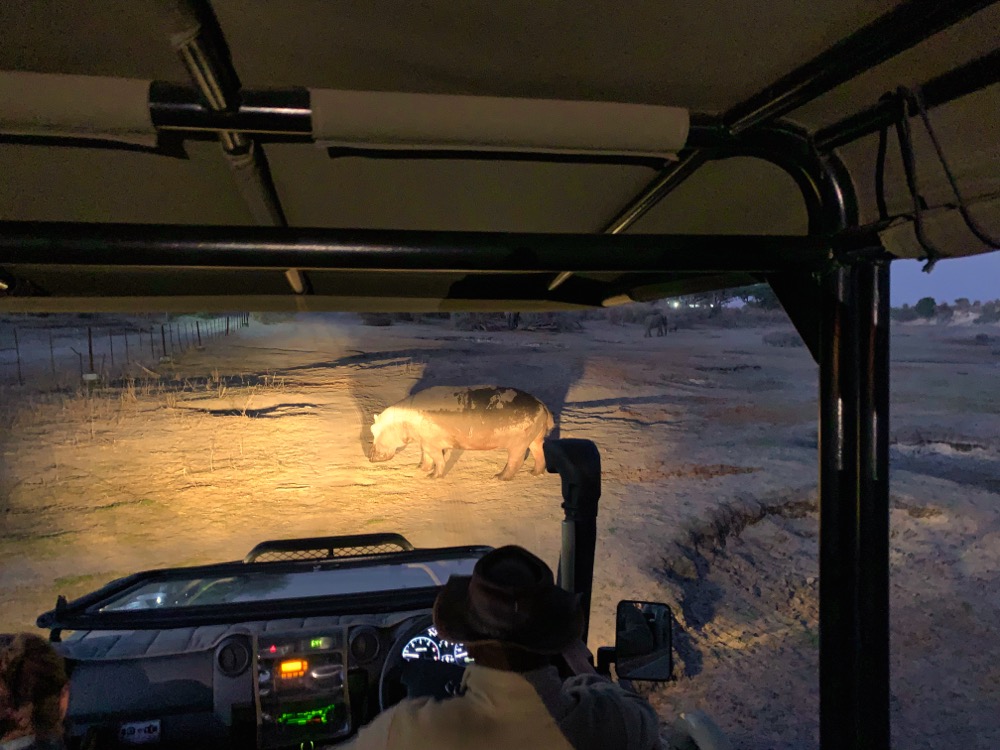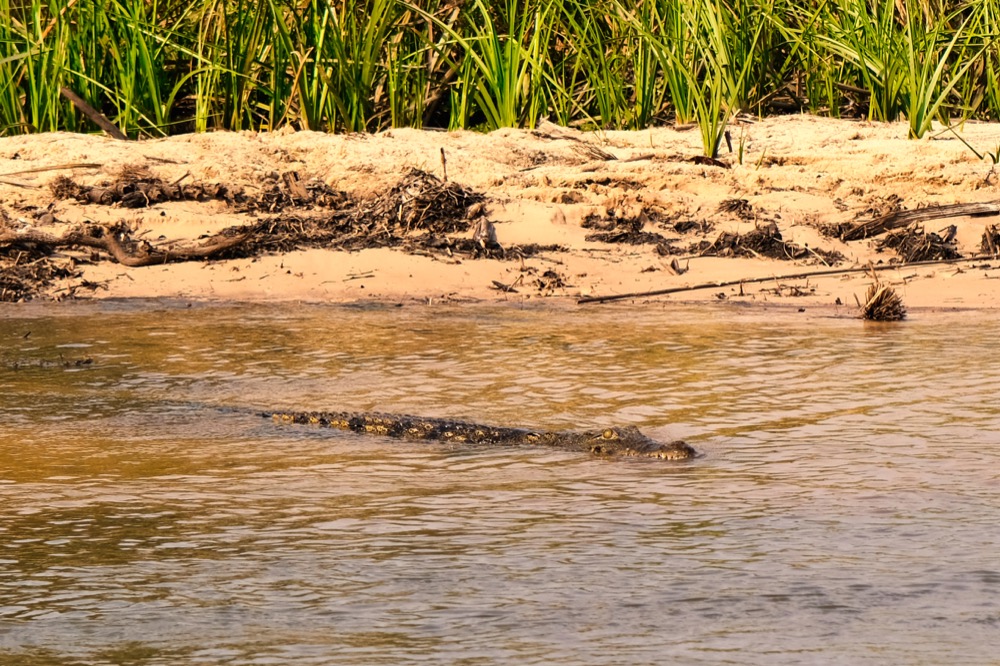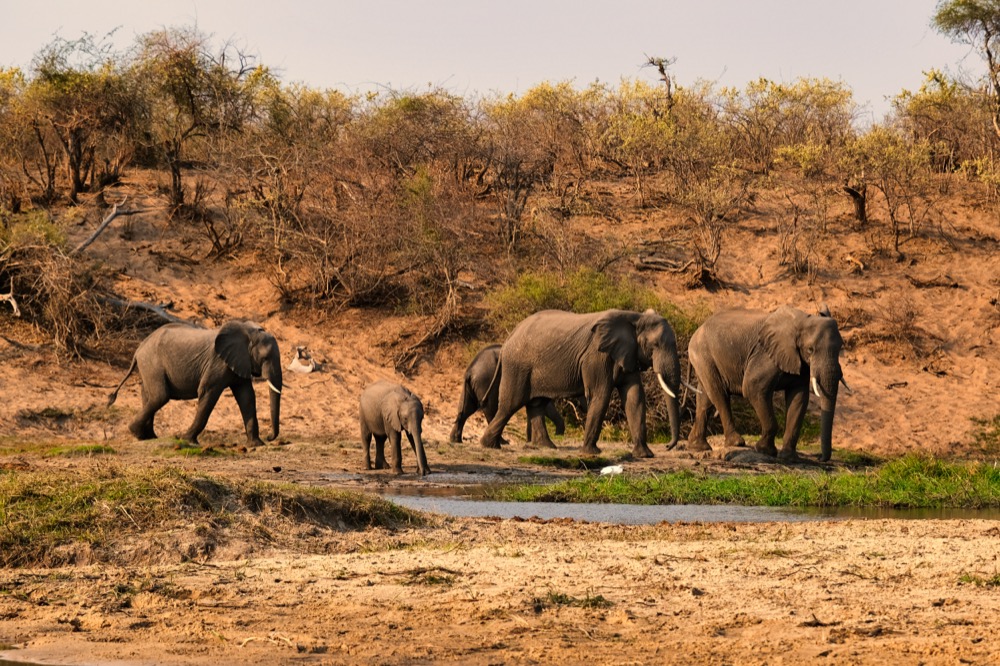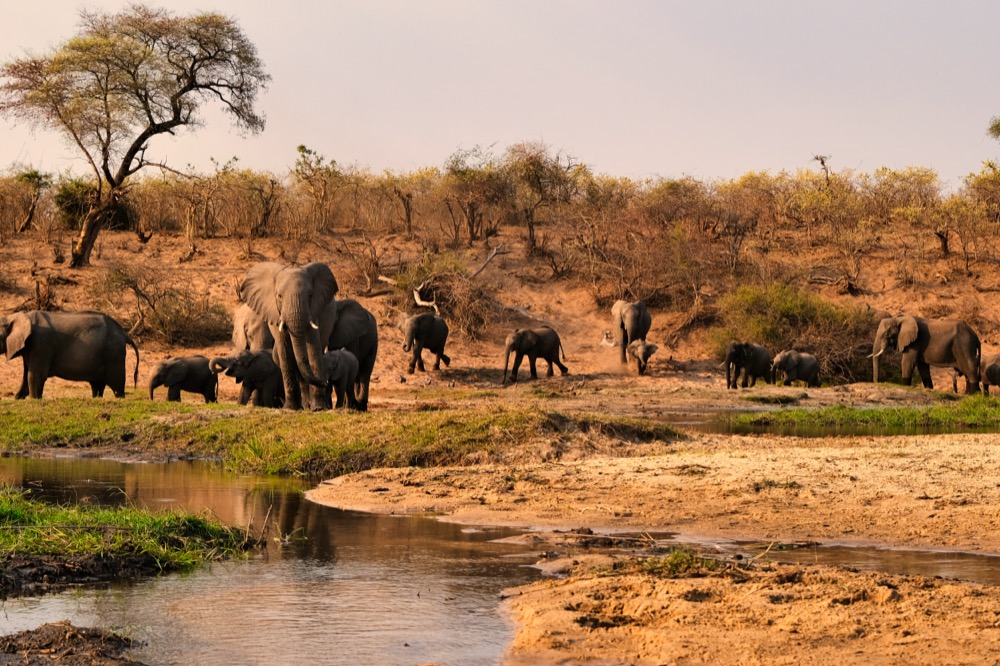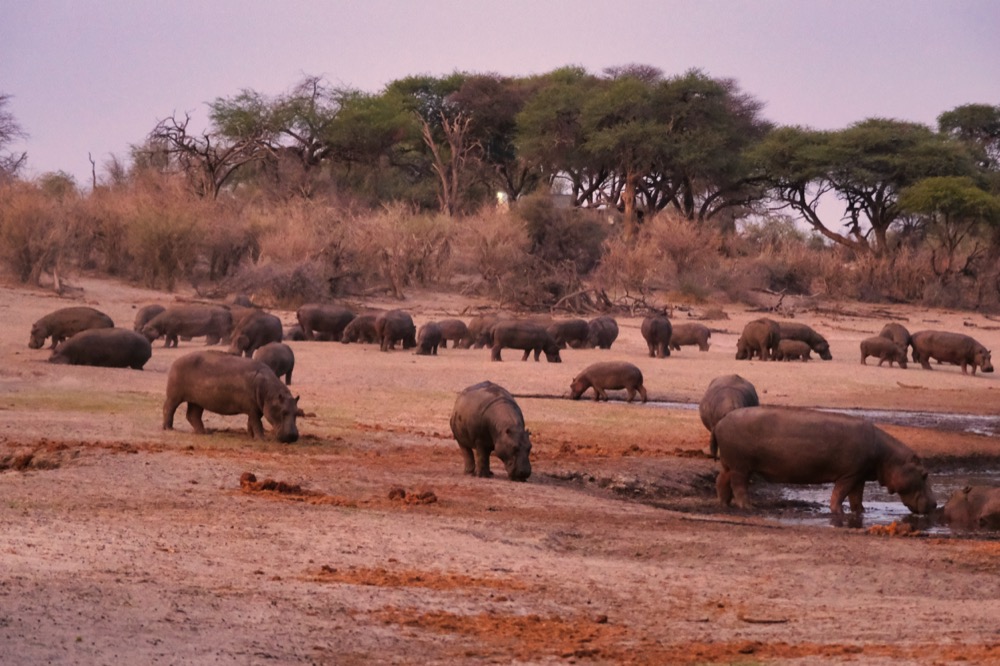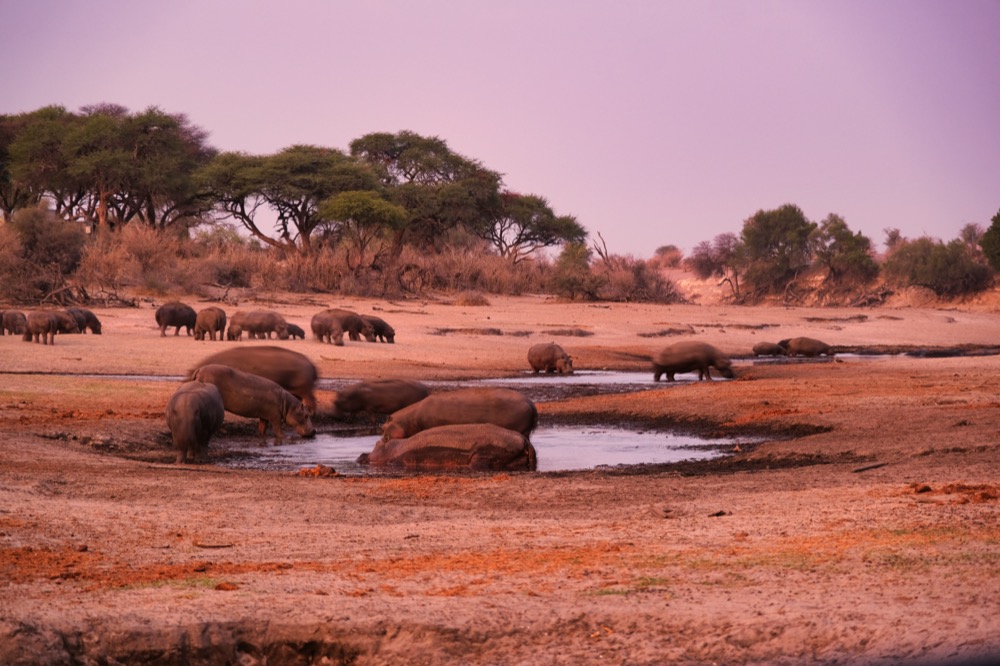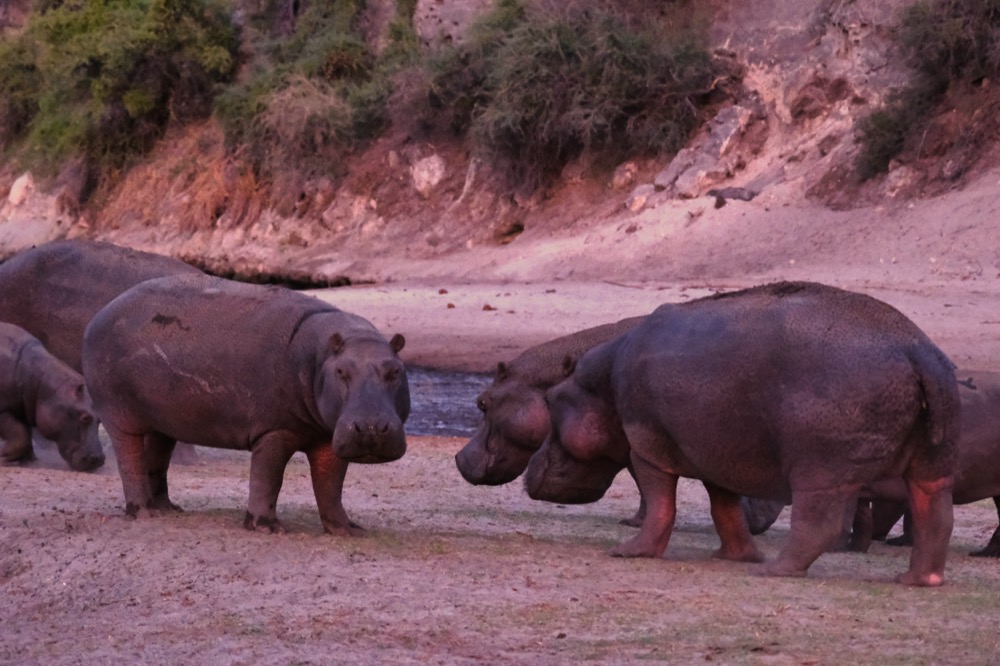Back in Time to The Garden of Eden & Dancing in the Desert - A Luxury Safari With Desert And Delta
Nxamaseri Island Lodge On The Okavango Delta. Rocking The Trance Dance In The Bush - Staring A Hippopotamus In The Eyes - Crocodiles On Every Side - Flat Bottomed Boats You Make The Rocking World Go Round. Plus Flying Across The Okavango Panhandle. Read on below or listen to the podcast here:
Nxamaseri Island Lodge Botswana
Botswana is one of the most remarkable countries in the world. This landlocked gem in Southern Africa, home to just 2.5 million people, is celebrated for its breathtaking landscapes, thriving wildlife, and strong commitment to conservation. Botswana artfully blends natural beauty with forward-thinking progress. It's also home to over 130,000 Elephants, 11,000 Giraffes, 15,000 Hippos, 1,200 Lions and 10,000 Zebras. I have been on safaris where you were lucky to spot one or two elephants at a time. In Botswana, it's more like Elephant Piccadilly at rush hour.
Imagine gliding through the Okavango Panhandle in a flat-bottomed speedboat, dining under the stars in the vast Kalahari, or observing 50 elephants as they lumber around you. With eco-friendly lodges that blend seamlessly into the environment and knowledgeable guides to enrich each moment, a safari in Botswana is the ultimate adventure holiday. I grew up reading African adventure stories, and Botswana epitomises boys' own tales of exciting antics in far-off lands.
Yet, as I discovered on a week-long journey with Desert and Delta Safaris, it’s the warmth and hospitality of the people of Botswana that make it truly unforgettable.
My flight from London to Cape Town was pleasant enough, followed by a quick hop over to Maun, the 'tourist capital' of Botswana. Then came the real adventure—a jump into an 8-seater Cessna 208 Caravan that rattled its way across the skies to Shakawe Airfield, whose thatched hut should be a model for airport lounges everywhere! From there, it was a quick drive and boat ride to Desert and Delta’s Nxamaseri Island Lodge. This private island, accessible only by a two-minute boat ride along the Okavango River, was so remote I half-expected a passport check from the hippos on the way in.
Pulling up to the jetty, we were greeted by the Nxamaseri Island Lodge team, who welcomed us with cold flannels, dancing, singing, refreshing lemon drinks, and warm smiles. The lodge is nothing short of paradise, with teak decking that feels like a massive treehouse perched over the river. Surrounded by giant baobabs, it boasts an open bar and plush, inviting sofas facing out over the Okavango Delta.
As dusk settled, we sat down for dinner on the terrace, surrounded by forest sounds and the soft evening air. After a gorgeous three-course meal, we gathered around the fire pit, sipping wine and whiskey before retiring early to our individual lodges, which were strung out like lanterns along the boardwalk parallel to the river.
The luxurious lodge was like a fantasy come to life, with net curtains draped over a four-poster bed, a walk-in shower, and my own private balcony overlooking the Okavango Delta and the swamps beyond. Hippos snorted in the river below while elephants crashed through the undergrowth behind the island.
An early morning swim in the bijou pool shook off the previous day’s jet lag, and I was off on my first boat trip into the jewelled heart of Africa. My friends and I had been assigned a guide named Metal, who was utterly fantastic; I even started thinking of him as 'WikiMetal' because his knowledge was so vast. He knew the names of every animal and plant in English, Setswana, German, French, and even its Latin taxonomy. Later, he and I became known as Florence and Agnes, but more on that later.
Our flat-bottomed boat was perfect for speeding along the Okavango River, which stretches 1,500 km. Agile enough to navigate the tightest turns, it allowed us to get right up to the riverbank to greet the crocodiles basking on each sandbank in the sun. I kept watch at the front for the telltale circles of water left by hippos diving under the surface—you don’t want to hit one, as they can turn a boat faster than you can say, 'swallowed by a hippo.'
Crocodiles, two to three meters long, floated past, slipping into the water as we approached, ever ready to snap up whatever comes their way. Hippos, often in pairs, bobbed up to snort or yawn as they eyed us intently. It was absolutely thrilling to see these magnificent creatures in their natural habitat. Aside from the tall reeds lining the river, the only sounds were the birds squawking as they swooped overhead—African fish eagles, wattled cranes, slaty egrets, malachite kingfishers, red-billed hornbills and more.
That evening, we dined like kings before spending a few hours gazing at the night sky through two highly specialized telescopes, with Paul Sheller as our astronomy guide. The Panhandle has a Bortle scale rating of 1, indicating virtually no light pollution, so the Milky Way, countless constellations, meteor showers, and planets were all visible to the naked eye. With the 150x Celestron telescope, we could even see Saturn’s rings sharply delineated.
Our adventure had barely begun. The next evening, we drove across the Okavango Panhandle, passing cows, zebras, horses, and various wildebeest on our way to the Tsodilo Hills Sleep-Out Camp. The landscapes we encountered were out of this world, so breathtaking that no photograph could truly capture them. The air was crystal clear, allowing us to see for miles, and each breath felt like your lungs were born again.
We arrived at the camp in the Tsodilo Hills around 4 p.m. and settled into our individual thatched, conical huts, each equipped with twin beds ensconced in a double-layered tent. A thoughtfully provided large battery pack kept our many devices—phones, GPS watches, cameras, GoPros—fully charged. While we were camping in the wilderness, a few modern conveniences were indeed essential.
Sundowners swiftly followed, featuring an entire bar stocked with fine wines and cocktails, leading into a superb dinner served against an incredible backdrop that transformed into vivid fiery reds and oranges as the sunset. The best was yet to come: local villagers performed an ancient trance dance, singing, drumming, and clapping—a traditional healing ritual practised by the shamans of the San tribe. The bravest among us joined in, whooping the night away before retiring to our bush igloos.
Did I mention these huts or 'skerms' were raised on platforms, each with a tiny breakfast terrace? Most fabulous of all was the en suite open bathroom—three walls, a loo, sink, mirror, and a bush shower (a canvas bucket hanging from a pole). Singing "The Lion Sleeps Tonight" loudly and scanning the bush around me for wildlife while taking my morning shower will stay with me forever. The sunrise was utterly magnificent.
On our way back to the lodge, we passed the Tsodilo Hills UNESCO World Heritage Site, where our guide—who was also one of the dancers from the night before—showed us around the quartzite rock shelters and caves that form the largest art gallery in the world. These revered local rocks stand out among the otherwise flat plains of the Kalahari Desert and exhibit over 4,500 paintings created as far back as the Stone Age up to the 19th century. Painted with blood, urine, and local minerals, these depictions of hunters and local animals have stood the test of time, their colours still vibrant against rocks that shimmer with hues reminiscent of rainbows from natural deposits.
Among the many artworks, a mysterious penguin stands out—thousands of years old, it must have been very lost. Other paintings reflect a sense of humour, which is why the area is also referred to as the Valley of the Dancing Penises!
Our guide then took us to her nearby village, a collection of wooden shacks and mud huts, where some of the coolest teenagers I have ever seen watched us with amusement from the shade of a baobab tree as we admired the local jewellery and hunting craftsmanship.
For our next adventure in the Kalahari, we set forth in the flat-bottomed boat again, this time making for the "Red Cliffs" two hours up the Okavango River. These red sand cliffs are pockmarked with holes, home to carmine bee-eaters, birds with an electric aquamarine head and green coloured back that camouflages them from predators above and explosive red and orange chests to attract bees and other insects, mimicking flowers. Perhaps the best way to describe them is a flock of birds who have flown through an explosion in a paint factory.
But it was the whole scene before us that made everyone in the boat speechless. The boat turned off the river into a pool flanked on the left by a sloping sandy beach, the red cliffs straight ahead, and a reeded swamp to our right, dotted with tiny islands. We glided in gently, enveloped in total silence. A herd of 30 elephants was ambling down the slope to drink from the river, carmine bee-eaters swooping overhead in flashes of colour, while hippos snorted from the reeds and stared at us beadily.
A baby elephant abandoned its mother to rush for the water, while two large males towered before us on the beach, standing guard. The rest of the herd waded in, drinking, bathing, and throwing water at each other. It looked completely unreal. Above on the hill, a single male elephant kept an eye on the proceedings. Crocodiles slid into the water behind us. No one spoke for 20 minutes, a previously unbroken world record for our party. The sheer tranquillity and beauty of the scene was mesmerising. We were perhaps five metres from the elephants, protected by the shallow water between us.
Looking back, it still feels like CGI in a movie—completely unreal in its perfection. We weren’t just looking out; we were at the centre of a scene unparalleled in Nature, floating in that pool surrounded by animals from the dawn of time.
Eventually, the hippos seemed to be taking too much interest in us, so we cruised leisurely back past the crocodiles for our last dinner at Nxamaseri Island Lodge, overlooking that amazing Okavango River. Lucky for us, that night was the celebration of Botswana's Independence Day, Boipuso, commemorating their status as a British protectorate (a period of governance without the exploitation experienced by other African nations). My friends, the guides, the lodge team, and I celebrated together, singing independence songs and dancing Botswana-style around the fire pit, glowing with the memory of that day.
Oh, and you can swim in the Okavango River, but as the guides say, just the once. If you want to get closer to the action, take a mokoro, a traditional dugout canoe. Plus, the crocodiles are tired of picking iPhones out of their teeth!
All the people we met with Desert and Delta were incredible, and this is what made our Botswana safari truly special. A heartfelt 'Pula' (thanks in Setswana) to Ra, Tiny Bubbles, Queen, Paul, Mr B, Nine, Action, Metal, Rose, Loveness, Scott, and indeed, all of you!
Read our next adventure at Leroo La Tau Lodge On The Makgadikgadi Pans National Park
https://desertdelta.com
https://desertdelta.com/camps/nxamaseri-island-lo…
https://desertdelta.com/camps/leroo-la-tau/
African Pride offers three nights at Desert & Delta Safari’s Nxamaseri Island Lodge with one of the nights being at Tsodilo Hills sleep-out camp and three nights Leroo La Tau – with one of the nights being the Makgadikgadi Pans sleepout and return helicopter transfers to and from the Salt Pans. Includes all meals, local drinks, laundry, safari activities, internal flights and return economy flights via Johannesburg with British Airways and Airlink to Maun from £9,943 per person, based on two people sharing.
Price based on departing 16 June 25 or 02 Sept 25 Makgadikgadi Pans sleepout experience only available 15 June – 31 October 2025.
Contact www.african-pride.co.uk or telephone 01904 619428.

